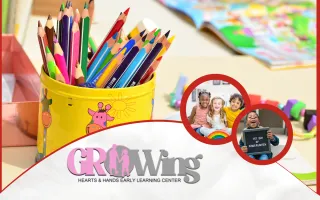
Best Daycare in Carrollton Georgia
Blogs
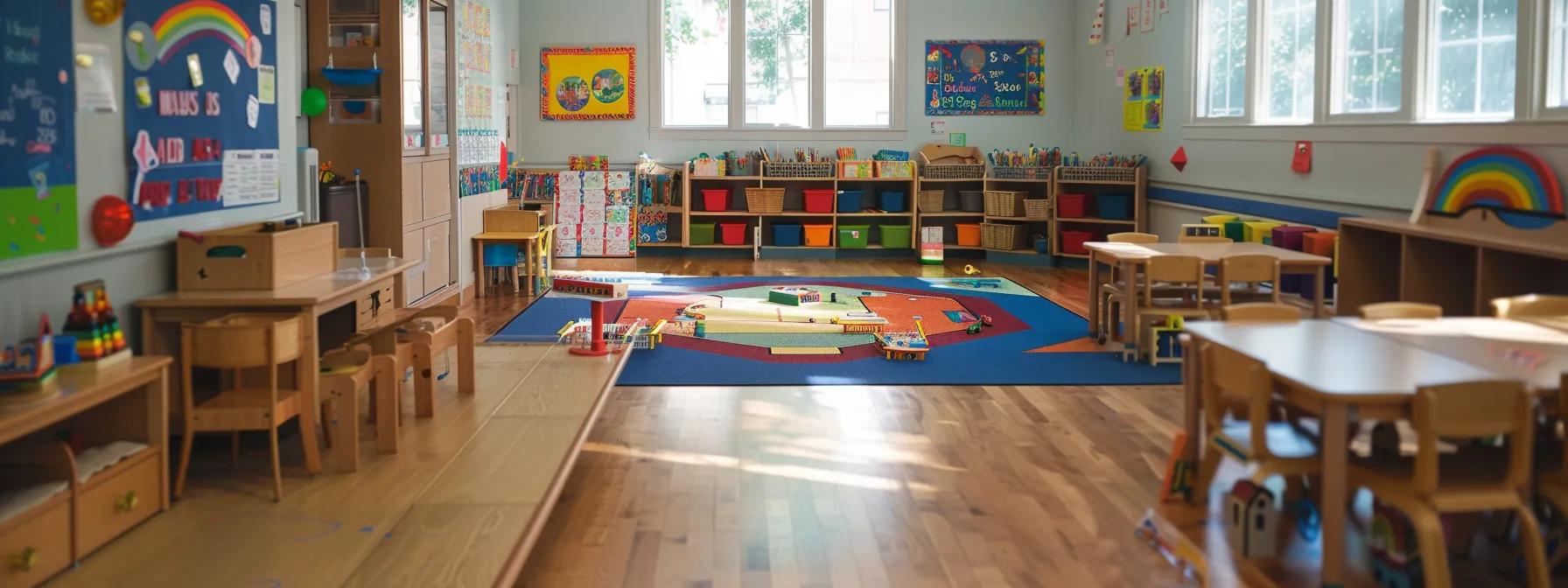
Nurturing Diverse Learners With Responsive Teaching Styles
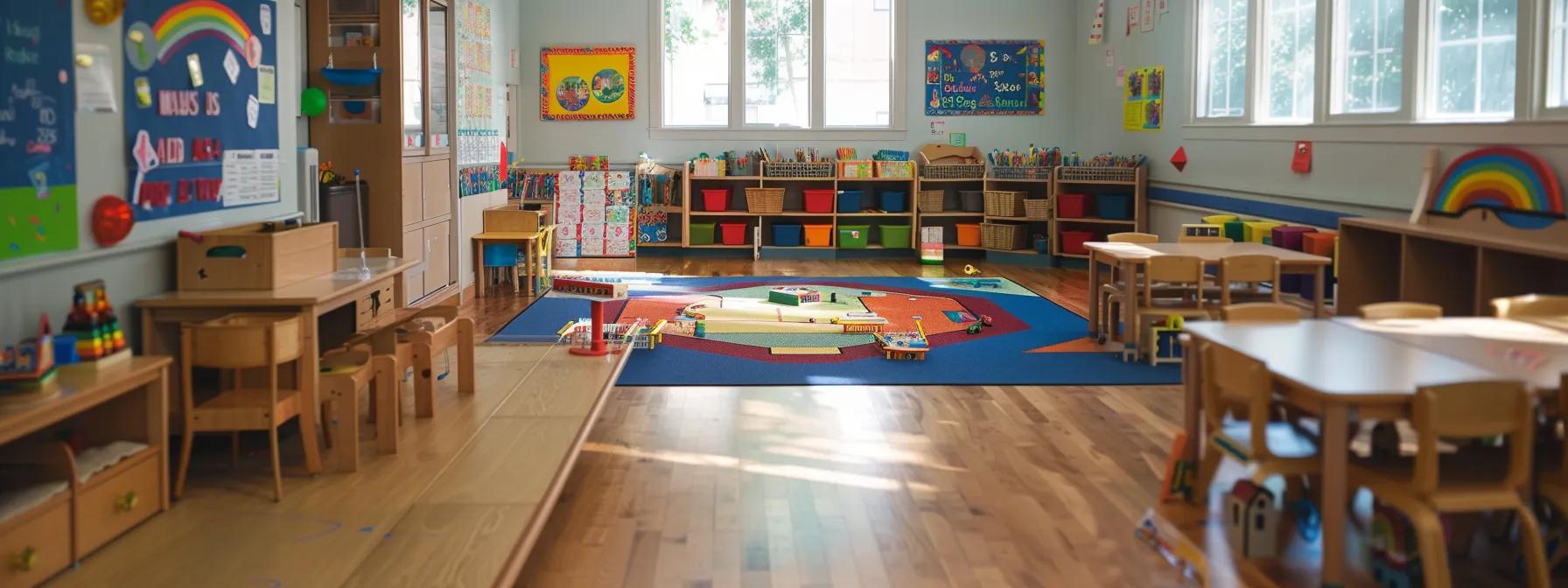
Nurturing Diverse Learners With Responsive Teaching Styles
What Are Responsive Teaching Practices in Early Childhood Education?
Responsive teaching practices are intentional approaches that involve ongoing observation, reflection, and adaptation of instruction based on each child’s cues and developmental progress. These practices work by
Observing and Interpreting children’s signals to tailor learning experiences,
Engaging Families as partners to inform curriculum choices, and
Adjusting Routines to support emotional, social, and cognitive growth.
For example, when a toddler shows sustained interest in block play, an educator might introduce counting activities within that context. Such responsiveness builds trust and prepares the classroom for inclusive strategies.
This approach includes observing and interpreting children's signals, engaging families, and adjusting routines to support emotional, social, and cognitive growth, laying the foundation for inclusive practices in the classroom.
Jones, L., & Smith, A., "Creating Responsive Classrooms" (2022)
How Does Responsive Teaching Support Diverse Learners?
Responsive teaching supports diverse learners by recognizing individual strengths and needs, including variations in language, culture, and learning ability.
Language Scaffolding: Teachers integrate children’s home languages during instruction, promoting comprehension and identity.
Sensory Accommodations: Adjusting lighting, seating, and materials for children with sensory sensitivities ensures access for learners with autism or ADHD.
Strength-Based Grouping: Pairing children with complementary skills encourages peer modeling and cooperative learning.
By valuing each child’s background, responsive strategies reduce barriers and enhance engagement among all students.
What Are Key Characteristics of Responsive Teaching?
Responsive teaching features:
Continuous Observation—systematic use of checklists and anecdotal records;
Reflective Practice—team discussions to refine approaches;
Flexible Curriculum—unit themes evolve based on children’s interests;
Family Collaboration—regular home–school communication channels.
Combined, these elements create a dynamic learning environment that adapts to emerging needs and interests.
Why Is Responsiveness Critical for Early Childhood Educators?
Responsiveness is critical because it accelerates development across domains—social–emotional, language, fine motor—and builds foundational skills for lifelong learning. When educators respond effectively to children’s cues, they foster secure attachments, boost self-regulation, and promote positive peer interactions. This proactive stance reduces challenging behaviors by meeting needs before frustration escalates.
How Can Inclusive Teaching Strategies Enhance Learning for Diverse Preschoolers?
Inclusive teaching strategies ensure every child experiences a sense of belonging and receives equitable opportunities to learn. By differentiating content, process, and environment, educators create multiple entry points for all learners.
Inclusive teaching strategies ensure every child experiences a sense of belonging and equitable learning opportunities, achieved by differentiating content, process, and environment. Effective methods include Universal Design for Learning, peer-mediated instruction, and visual schedules.
Brown, C., "Inclusive Education for Young Children" (2021)
What Are Effective Inclusive Teaching Methods for Early Learners?
Universal Design for Learning (UDL): Offering multiple means of representation (visuals, storybooks), expression (drawing, speech), and engagement (choice boards).
Peer-Mediated Instruction: Training peers to support classmates with different abilities promotes social inclusion and academic support.
Visual Schedules and Social Stories: Providing clear routines and narratives helps children with communication delays anticipate activities.
These methods foster autonomy and participation across diverse developmental profiles.
How Do Inclusive Practices Address Cultural and Linguistic Diversity?
Inclusive practices honor heritage by integrating multicultural literature, bilingual labels, and diverse musical experiences. Teachers invite families to share traditions—festivals, songs, foods—creating culturally relevant curriculum connections. This approach affirms children’s identities and deepens community ties.
What Role Does Classroom Environment Play in Inclusion?
The physical environment signals inclusivity through accessible learning centers, low shelving labeled in multiple languages, and quiet zones for sensory breaks. Flexible seating—floor cushions, child-sized tables—accommodates varying needs. These design choices communicate respect for diverse learners and enable all children to participate fully.
What Is Differentiated Instruction in Preschool and How Does It Support Diverse Learners?
Differentiated instruction involves tailoring tasks, materials, and supports to match each preschooler’s developmental level, learning style, and interest. This method ensures that learners receive appropriate challenge and scaffolding.
Differentiated instruction tailors tasks, materials, and supports to each preschooler’s developmental level, learning style, and interest, offering varied content, processes, and products to ensure appropriate challenge and scaffolding.
Davis, M., "Differentiated Instruction in Early Childhood" (2023)
How Do Educators Tailor Activities for Varied Learning Needs?
Content: Offering simple and advanced reading materials;
Process: Using hands-on manipulatives, auditory stories, and kinesthetic games;
Product: Allowing children to demonstrate understanding through drawing, dramatization, or digital portfolios.
Personalized choice menus enable children to select tasks aligned to their readiness and interests, fostering ownership of learning.
What Assessment Tools Help Guide Differentiated Instruction?
Assessment Tool Attribute Value Anecdotal Records Formative Insight Real-time observations inform grouping Portfolios Development Tracking Samples of work show growth over time Screening Checklists Early Detection Identifies delays for targeted support Learning Stories Holistic Assessment Narratives capture children’s strengths
These instruments generate data to refine lesson plans and monitor progress, ensuring differentiated instruction remains responsive.
How Does Differentiation Promote Engagement and Growth?
Differentiation energizes learners by meeting them where they are, preventing frustration from tasks that are too difficult or boredom from tasks that are too easy. When children access materials at their level, they experience success that builds confidence and intrinsic motivation, feeding a cycle of continued growth.
How Do Culturally Responsive Teaching Practices Improve Early Childhood Education?
Culturally responsive teaching integrates children’s cultural references into all aspects of learning, affirming identities and leveraging funds of knowledge.
What Are Examples of Culturally Responsive Curriculum and Activities?
Story Circles featuring folktales from families’ cultures;
Cultural Art Projects where children recreate ancestral designs;
Multilingual Morning Meetings that greet children in their home languages.
These activities promote cross-cultural understanding and validate each child’s experiences.
How Can Teachers Build Cultural Competence?
Ongoing Reflection on personal biases;
Professional Learning Communities focused on equity;
Family Interviews to learn about traditions and values;
Peer Observations with mentors skilled in responsive pedagogy.
This continuous learning deepens educators’ ability to connect authentically with each child.
Why Is Family and Community Engagement Important in Culturally Responsive Teaching?
Family and community collaboration ensures curriculum reflects children’s lived experiences. Inviting parents as guest storytellers or community elders as cultural consultants strengthens home–school partnerships and enriches learning with authentic voices.
What Are Best Practices for Engaging Diverse Learners in Early Childhood Classrooms?
Engagement thrives when instruction aligns with children’s interests, learning profiles, and sensory needs.
How Can Play-Based Learning Support Diverse Needs?
Open-Ended Materials: Loose parts invite multiple skill levels to participate;
Guided Play Stations: Teachers facilitate small-group explorations focused on language, math, or social skills;
Role-Play Corners: Pretend scenarios allow children to practice communication and self-regulation.
Such play contexts accommodate varied abilities while fostering creativity and collaboration.
What Communication Techniques Foster Inclusion and Participation?
Responsive Language Modeling: Expanding children’s utterances to more complex sentences;
Wait-Time Extension: Allowing extra processing time for children with language delays;
Augmentative Supports: Using picture symbols or communication boards for nonverbal learners.
These strategies ensure each child’s voice is heard and valued.
How Do Visual and Sensory Supports Enhance Learning?
Visual supports—timers, pictorial schedules, graphic organizers—provide structure and predictability. Sensory tools—fidget objects, weighted lap pads, noise-canceling headphones—help children self-regulate attention and emotion. Together, these supports create accessible learning spaces for all.
Why Is Professional Development Essential for Preschool Teachers Working With Diverse Learners?
Professional development equips educators with up-to-date strategies to meet increasingly diverse classroom needs.
What Topics Should Professional Development Cover for Responsive Teaching?
Trauma-Informed Practices to support children’s emotional well-being;
Universal Design for Learning to plan inclusive lessons;
Culturally Responsive Pedagogy to honor diverse backgrounds;
Language Acquisition Strategies for dual-language learners;
Behavioral Interventions grounded in positive guidance.
Ongoing training in these areas builds teachers’ confidence and competence.
How Does Ongoing Training Improve Teacher Effectiveness?
Regular workshops and coaching cycles enable educators to implement new techniques, reflect on outcomes, and refine practices. As teachers internalize responsive strategies, they develop stronger relationships with children and deliver more impactful instruction.
What Role Does Collaborative Learning Play in Teacher Development?
Collaborative learning—peer observations, study groups, professional learning communities—fosters shared problem-solving and innovation. When teachers co-create lesson plans and analyze student data together, they generate collective expertise that elevates the entire program.
How Can Early Childhood Educators Measure the Impact of Responsive Teaching on Diverse Learners?
Measuring impact involves selecting indicators that reflect holistic development and instructional effectiveness.
What Are Key Indicators of Success in Responsive Teaching?
Child Engagement Levels observed through time-on-task metrics;
Social–Emotional Growth tracked via behavior rating scales;
Language Development Milestones documented in portfolios;
Family Satisfaction Surveys reflecting home–school partnerships.
Together, these indicators reveal both academic and relational outcomes.
How Can Data Inform Instructional Adjustments?
Data from observations, assessments, and family feedback guide educators to modify grouping arrangements, introduce new scaffolds, or adjust pacing. For example, if several children struggle with a math concept, the teacher can implement targeted small-group interventions.
What Tools Support Monitoring Diverse Learner Progress?
Tool Attribute Value Digital Portfolio Apps Visual Documentation Captures photos, videos, and annotations of growth Observation Checklists Structured Tracking Standardized criteria ensure reliable data Family Communication Platforms Engagement Feedback Enables real-time parent input Screening Software Early Identification Flags developmental concerns for timely support
These tools streamline data collection and deepen insight into each child’s learning journey, strengthening the cycle of responsive teaching.
Growing Hearts and Hands
At Growing Hearts and Hands, we believe that every child deserves a nurturing environment where they can thrive academically, socially, and emotionally. Our state-of-the-art facilities and dedicated educators are committed to providing personalized learning experiences tailored to each child's unique needs.
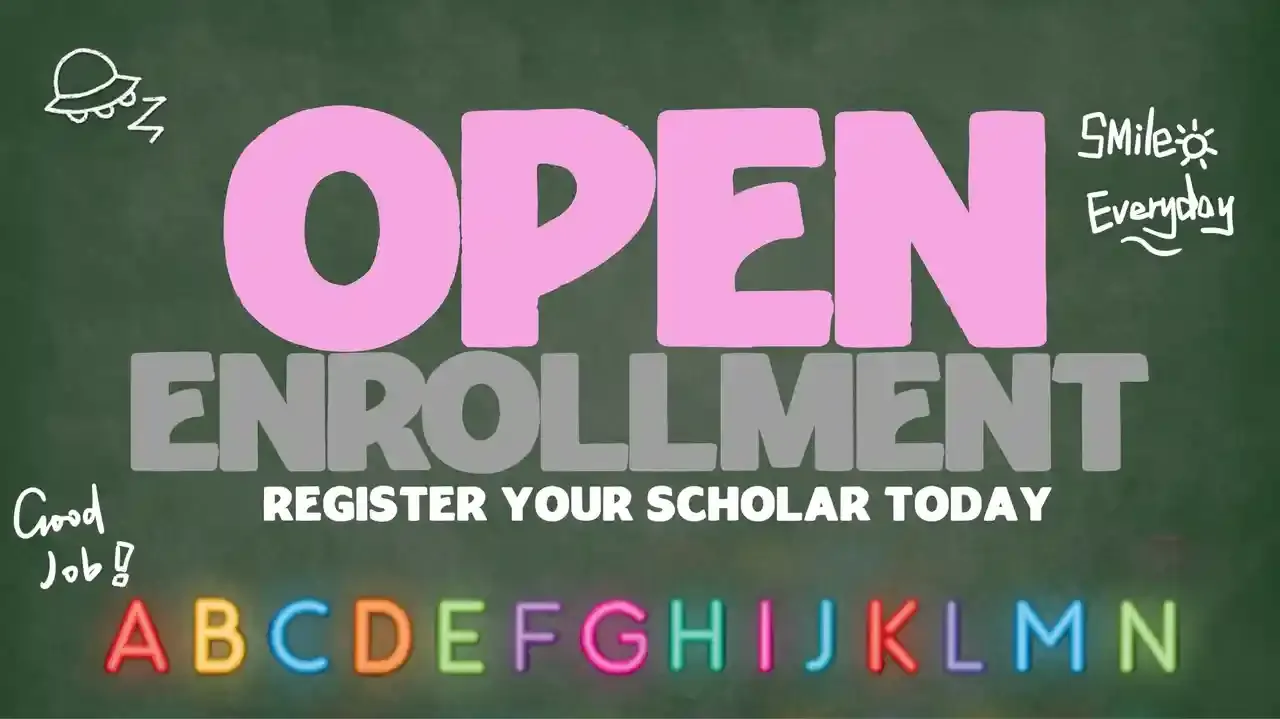
Why Choose Growing Heart and Hands?
Customized Learning Plans:
We develop individualized learning plans that cater to your child's specific learning style and pace, ensuring optimal growth and development.

Qualified and Caring Educators:
Our team comprises certified professionals trained in early childhood education, CPR, and first aid, dedicated to fostering a safe and supportive learning environment.
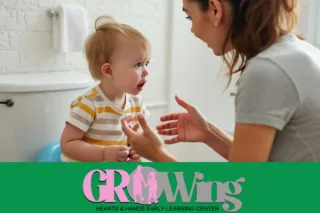
Safe and Engaging Environment:
Our secure facilities are equipped with interactive play areas that encourage exploration and creativity, promoting holistic development.
